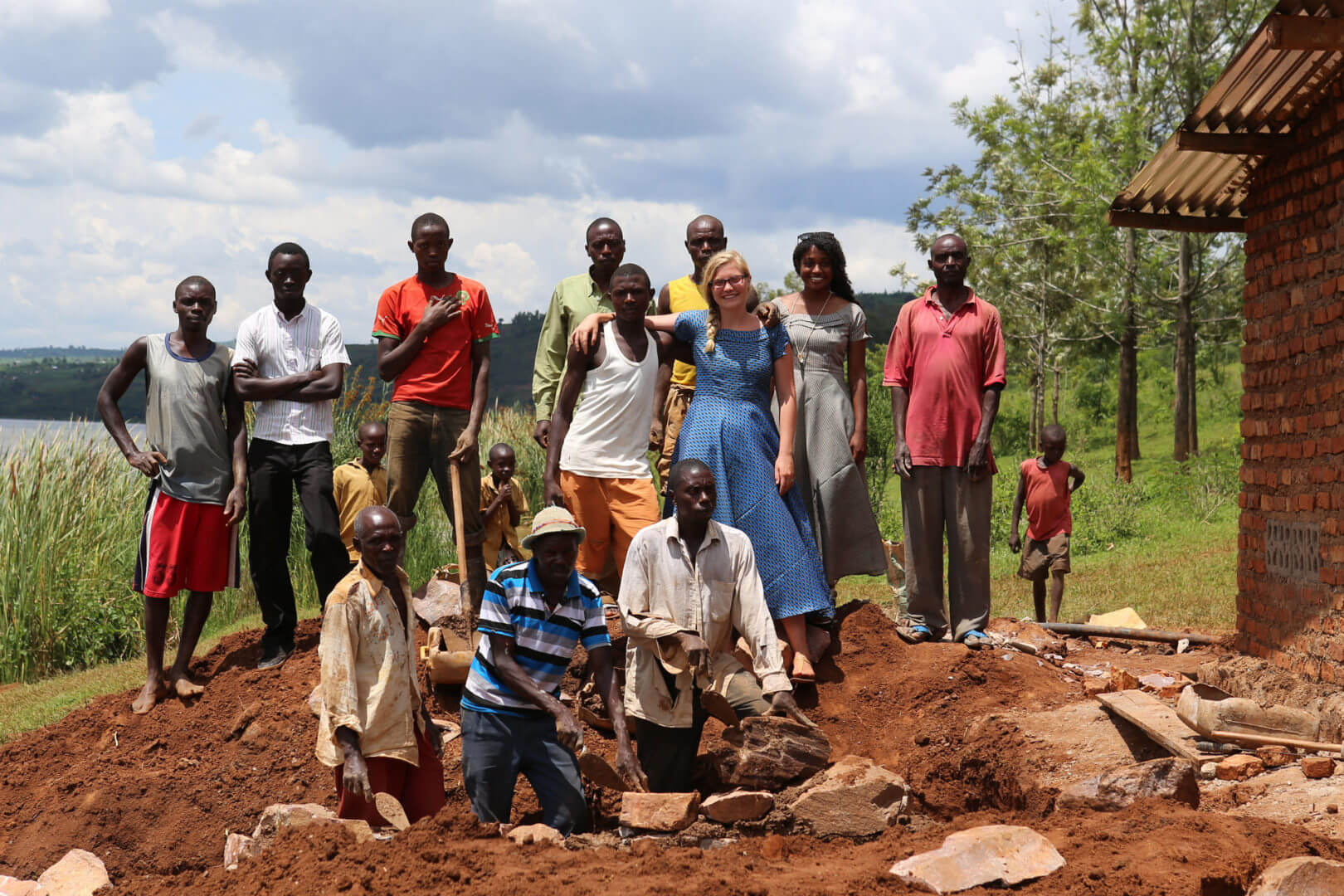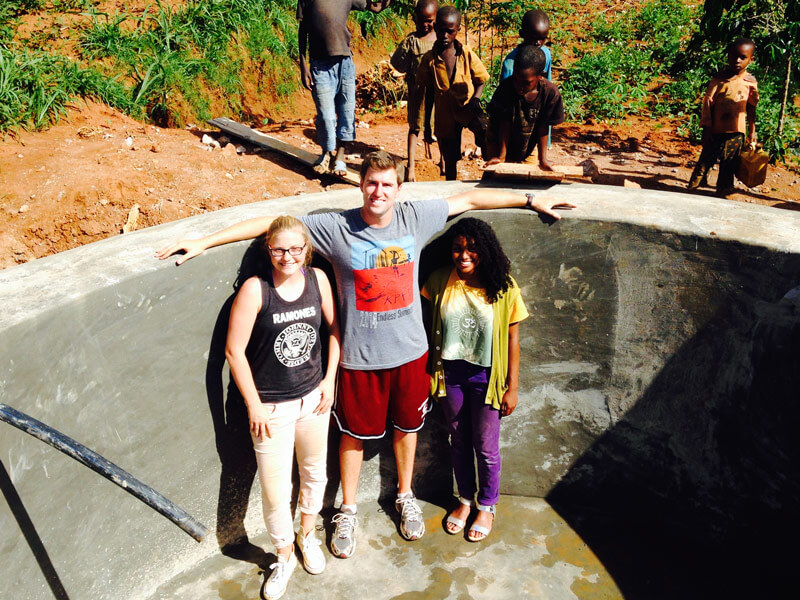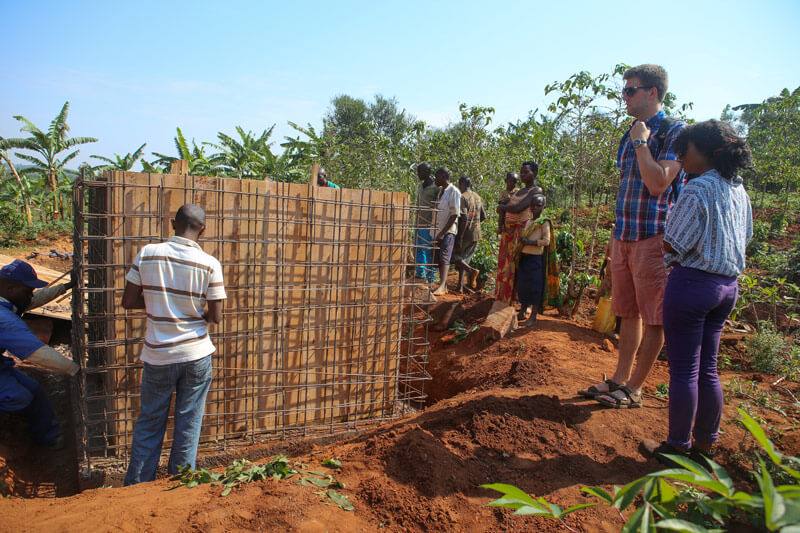A Right To Clean Water
When Jay Todd Max, B.S. ’13, M.S. ’14, visited rural Rwanda with a group of students in summer 2012 to build a preschool, he was struck by the lack of clean water and its deleterious impact on the local population.
While Max and the other American student-volunteers drank bottled water, local residents fetched water from a dirty lake that often sickened and incapacitated them. UNICEF estimates that worldwide some 768 million people lack access to clean drinking water. About 1.6 million people die every year from cholera and other diarrheal diseases caused by a lack of safe drinking water and basic sanitation, with 90 percent of those under the age of 5, the World Health Organization reports.
Dismayed by what he saw in Rwanda, Max decided to do something about it. “I believe access to clean water is a basic human right,” said Max, now 24.
Returning to USC, he partnered with fellow engineering students Viv Pitter, B.S. ’13, and Kirsten Rice, B.S. ’13, M.S. ’14, to come up with a solution. Working under the auspices of Massoud Pirbazari, USC Viterbi Professor of Civil and Environmental Engineer and the founder of Safe Water for All Nations (SWAN), the trio developed a low-cost water filtration system big enough to serve a village.
That led to their forming in 2013 the Community Water Project, an organization dedicated to bringing clean water to rural areas in the developing world. With the help of Simon Burrow, a social entrepreneurship expert, the students wrote a business plan in that year’s Maseeh Entrepreneurship Prize Competition. Their model: build inexpensive bio-sand filtration systems in conjunction with local communities; charge a nominal but affordable fee to villagers for clean water; and use that money to protect, maintain and expand the system.
With Burrow’s encouragement, the members of Community Water Project decided to test their ideas in the field. Through Indiegogo, they raised $20,000. They also secured a $5,000 grant from National Geographic, which is “proud to support [their] efforts to provide sustainable, safe water in rural communities,” said Dr. John Francis, vice president of research, conservation and exploration for the National Geographic Society.
In October, team members went to Nyarubuye, Rwanda, to build a system that would provide clean water for more than 500 families. Construction finished two months later. With the help of 10 hired villagers, they built a large filter with concrete, rebar, sand and stone; installed a water pump inside a newly constructed pump house; and built a clean-water storage tank.
In a show of appreciation, 200 residents “clapped, cheered and shouted morakoze (thank you)” at a project meeting, said Rice, who herself became infected with worms from contaminated water during her stay in Rwanda.
What’s next for the Community Water Project? The principals plan to incorporate as a nonprofit and identify a future project.
Said Max: “We hope to harness biological filtration to provide clean water throughout the developing world wherever it’s needed.”








